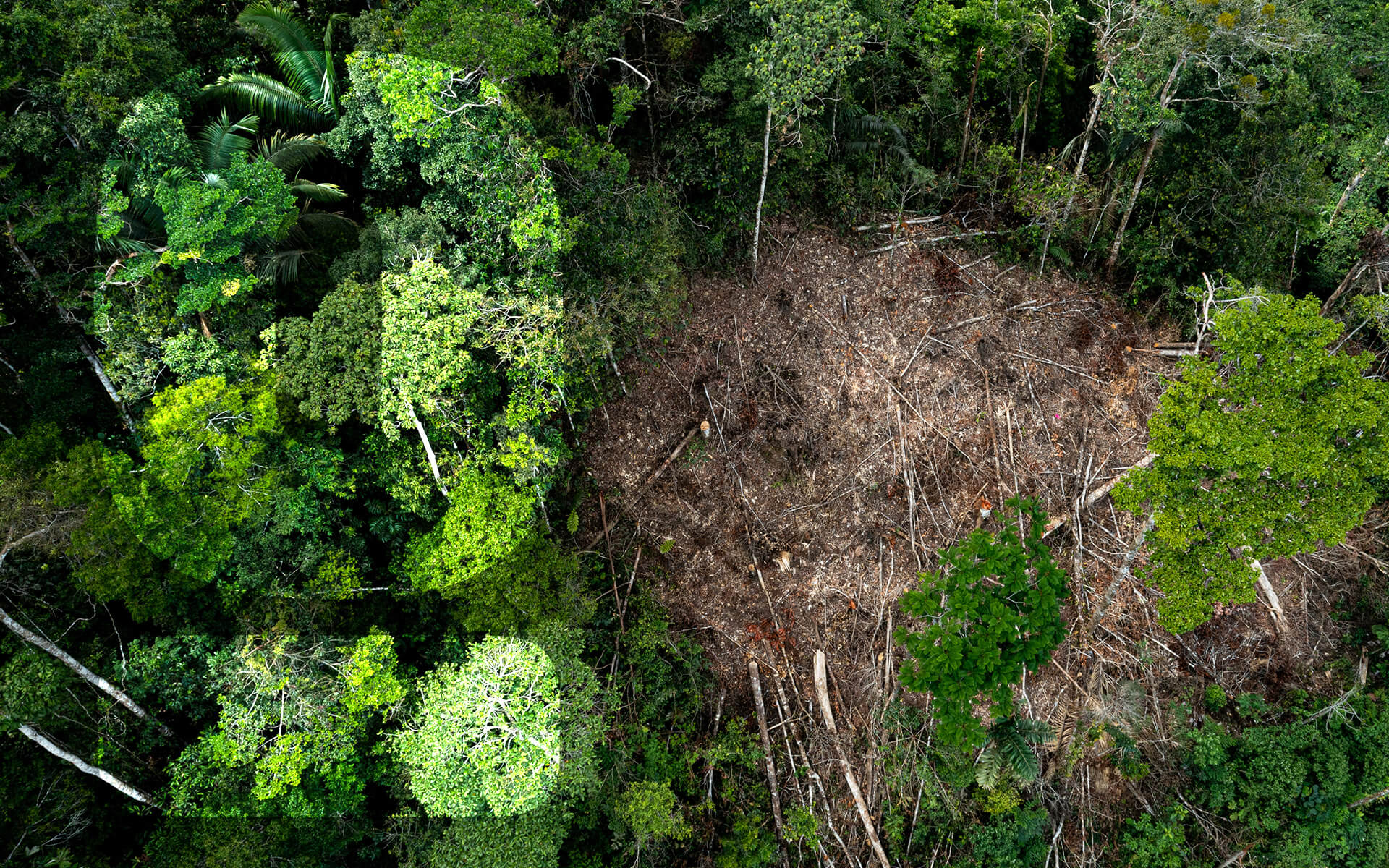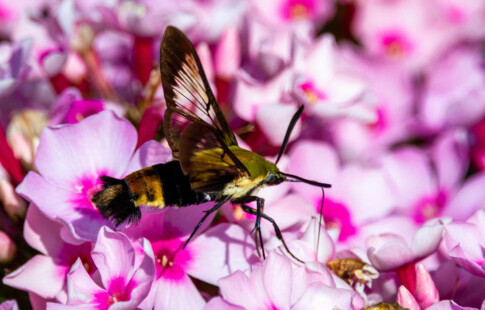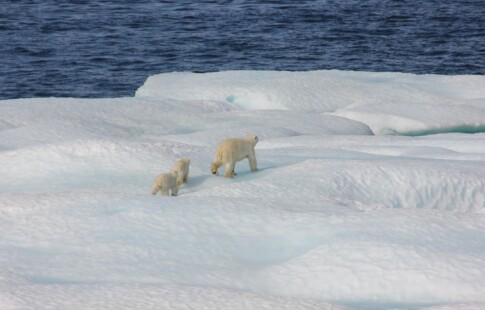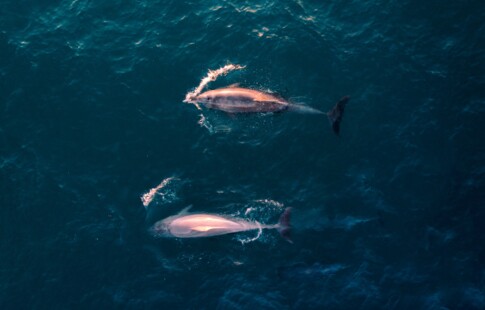
10 Common Endangered Species Causes and What You Can Do
We are reader-supported. When you buy through links on our site, we may earn affiliate commission.
Between climate change and human activity, there are numerous causes for endangered species. Endangered species are plants and animals facing extinction throughout most or all of their population. The International Union for Conservation of Nature (IUCN) maintains the largest database of critically endangered, endangered, or threatened species worldwide. The criteria for an endangered status include:
- A significant decline in population in recent years
- An ongoing decline in numbers
- A small population to begin with
- Species that live in highly specialized habitats
- Rapid reduction in habitat and distribution
To address endangered species, one must understand why their populations are decreasing. Here are 10 common causes for endangered species and what you can do to help.
1. Habitat Degradation
Loss of habitat is one of the biggest threats to wildlife, both animals and plants. Many species are becoming endangered due to habitat degradation.
Human activity is often the cause of habitat loss or fragmentation—when large land areas are transformed into smaller, discontinuous environments.
Research has shown that humans have altered 75% of the earth’s land area due to deforestation, agriculture, mining, and urbanization. This has been a driving factor in biodiversity declines.
2. Invasive Species
Introducing a new species is a significant cause of concern for flora and fauna. When an invasive species enters an ecosystem with no natural predators or competition, it can quickly take over.
For example, the Florida Everglades is no stranger to nonnative species. Some of the invasive species in the Everglades include:
- Exotic fish and amphibians
- Melaleuca trees brought over during the 1800s for agricultural purposes
- Pythons that are released into the wild once they’re too big to be kept as household pets
The Endangered Species Act of 1973 (ESA) lists 39 native species as endangered or threatened in the Everglades, including the Cape Sable seaside sparrow, Everglades snail kite, smalltooth sawfish, Florida panther, West Indian manatee, and Cape Sable thoroughwort.
Of course, the smaller the ecosystem, the greater risk invasive species pose to the native endangered species living there.
3. Animal-Human Conflict
Overhunting of animal species is a direct cause of endangered or threatened status. Many animals have faced extinction because of hunting and other forms of human-animal conflicts.
For example, the world’s tiger population has declined by 97% over the last century. However, one tiger species, in particular, has already gone extinct.
The Caspian tiger, also known as the Persian tiger, was one of the largest big cats on earth before extinction in the 1970s. Commonly found in Turkey, Iran, Iraq, and central Asia, Caspian tigers faced frequent hunting and habitat loss from human settlement.
Other animals facing endangerment include elephants who are poached for their ivory tusks, as well as rhinoceroses. In the last ten years, 9,885 African rhinos died from poaching.
Additionally, shark populations have declined by 71% in the past 50 years for their fins, meat, and liver oil. The IUCN lists 391 shark species as critically endangered, endangered or threatened, equating to 32%.
4. Overexploitation of Resources
Overexploitation or overharvesting of resources is another cause of species endangerment. When renewable resources are exploited, it can lead to the destruction of the resource entirely.
Of course, natural resources provide habitat and a viable food source to many animal species. When these resources decline at a rapid pace, they can endanger others.
The overexploitation of natural resources has dire consequences for humans, as well. Many plant species listed as critically endangered or threatened are also medicinal and in high demand.
The IUCN states that yew tree populations are decreasing due to overharvesting, including the Pacific and Chinese yew. With a low production rate and slow germination of 1.5 to two years, it’s difficult for this plant species to bounce back.
Yew tree species are an important medicinal plant for the production of taxol. Taxol is derived from the bark of Pacific yews and is effective in treating breast, lung and ovarian cancer. If the yew trees continue to face exploitation, their extinction could bear dire implications for cancer patients.
5. Disease
Diseases and pathogens often kill humans and animals. Plant and animal species are highly susceptible to viruses and fungi in the natural world.
For example, nearly 5,000 gorillas were wiped out by the Ebola epidemic in 2006.
Another study showed that white-nose syndrome killed approximately 90% of bat populations within ten years. White-nose syndrome is a fungus that grows on bats’ skin and leads to dehydration and starvation.
Chestnut blight is another pathogen brought over from Asia during the early 1900s that has endangered the American chestnut tree. The decline in American chestnut trees has had devastating effects on the species that rely on it for food and habitat.
6. Pollution
From air pollution in major cities to pesticides to plastic in our oceans, declining species are an obvious measure of the effects of pollution on wildlife survival.
Studies predict that 48 of 494 critically endangered species will continue to decline due to an excess of wastewater, agricultural runoff, garbage, and energy pollution.
Ocean pollution, for example, has endangered sea turtle populations. Recent research has suggested that a sea turtle faces a 50% mortality rate after ingesting 14 pieces of plastic. With about 14 million tons of plastic ending up in the ocean each year, many more animal species are at risk of endangerment and death.
7. Highly-Specialized Species
Some species are so highly specialized that they require a very particular type of habitat. When the environment changes either from human activity, climate change, or habitat degradation, highly specialized species are at risk.
Oftentimes, they require a specific type of habitat that limits suitable mates for reproduction, while inbreeding can lead to poor genetics, disease, infertility, and low mortality.
Polar bears and giant pandas are examples of highly specialized species. Both are highly adapted to their environments and have suffered endangerment due to severe environmental changes.
Although their numbers have increased to 22,000 to 31,000 worldwide, polar bears are still considered vulnerable. Meanwhile, there are only 1,864 pandas left in the bamboo forests of southeast Asia.
While some highly-specialized species can adapt or evolve to changes in their environment, others are gravely impacted.
8. Genetic Diversity
Sometimes, an animal or planet species lacks genetic diversity to evolve and survive.
In an early 1990 study, scientists looked at the genetic diversity datasets of birds, fish, reptiles, amphibians and mammal species. Their findings indicated that inbreeding and poor genetics left them highly vulnerable to threatened or endangered status.
When wildlife lacks specific genes, they may not resist certain diseases that can kill off entire populations.
Cheetahs, for example, are known for retaining only 0.1 to 4% of the genetic variation seen in other species. Along with habitat loss and overhunting, their poor genetic diversity makes them more susceptible to diseases.
9. Small Populations
Some species may have small populations, to begin with. Especially if a particular species is highly specialized and located in a particular habitat, they may not have the opportunity to flourish. This gives them a lower chance of survival in the future.
An example of a rare species is the Himalayan brown bear located in higher elevations throughout central Asia. Only 10% of Himalayan brown bears live in protected areas in India.
While the species hasn’t undergone thorough research, habitat loss and climate change are its most significant threats. In fact, scientists predict 73% of the Himalayan brown bear’s habitat will be lost by 2050.
10. Climate Change
Climate change is perhaps the most significant threat to endangered species. The IUCN declared that human-induced climate change impacts 10,967 species on the IUCN Red List of Threatened Species, increasing their risk for extinction.
The Bramble Cay melomys was the first mammal to go extinct between 2009 and 2011 due to climate change. The species resided on Bramble Cay in the Great Barrier Reef and faced habitat degradation from rising sea levels.
More wildlife will be susceptible to its impacts without addressing the climate crisis and face extinction.
How You Can Help
There are many ways you can help endangered animals and reduce the environmental pressures they face for survival, such as the following:
- Creating a habitat for local birds and insects in your backyard
- Recycling correctly and accumulating less plastic pollution
- Stop using pesticides and herbicides that are harmful to plants and animals
- Drive slowly to prevent collisions with animals
- Sign petitions to protect species around the world
- Volunteer in or host a habitat cleanup event in your community
- Donate money to conservation organizations that protect endangered animals
- Educate others about endangered plant and animal life
Endangered Species are Important for the Future
All life on the planet—from animals to plants to microscopic organisms—is vital for maintaining a healthy, functioning ecosystem. When ecosystems and their inhabitants decline, everyone suffers—as do people. That’s why protecting endangered species is crucial for the future.
Share on
Like what you read? Join other Environment.co readers!
Get the latest updates on our planet by subscribing to the Environment.co newsletter!
About the author
Jane Marsh
Starting from an early age, Jane Marsh loved all animals and became a budding environmentalist. Now, Jane works as the Editor-in-Chief of Environment.co where she covers topics related to climate policy, renewable energy, the food industry, and more.





